Where earth meets sky
An offline journey to the Richtersveld Park
The Richtersveld Transfrontier Park, is a tricky place to get to. The roads are tough, with deep sand and rocky ascends. Steep climbs wind between mountainous landscapes of volcanic rock–some an estimated 2000 million years old. It’s a place of dirt and rock and dust. And of breathtaking beauty.

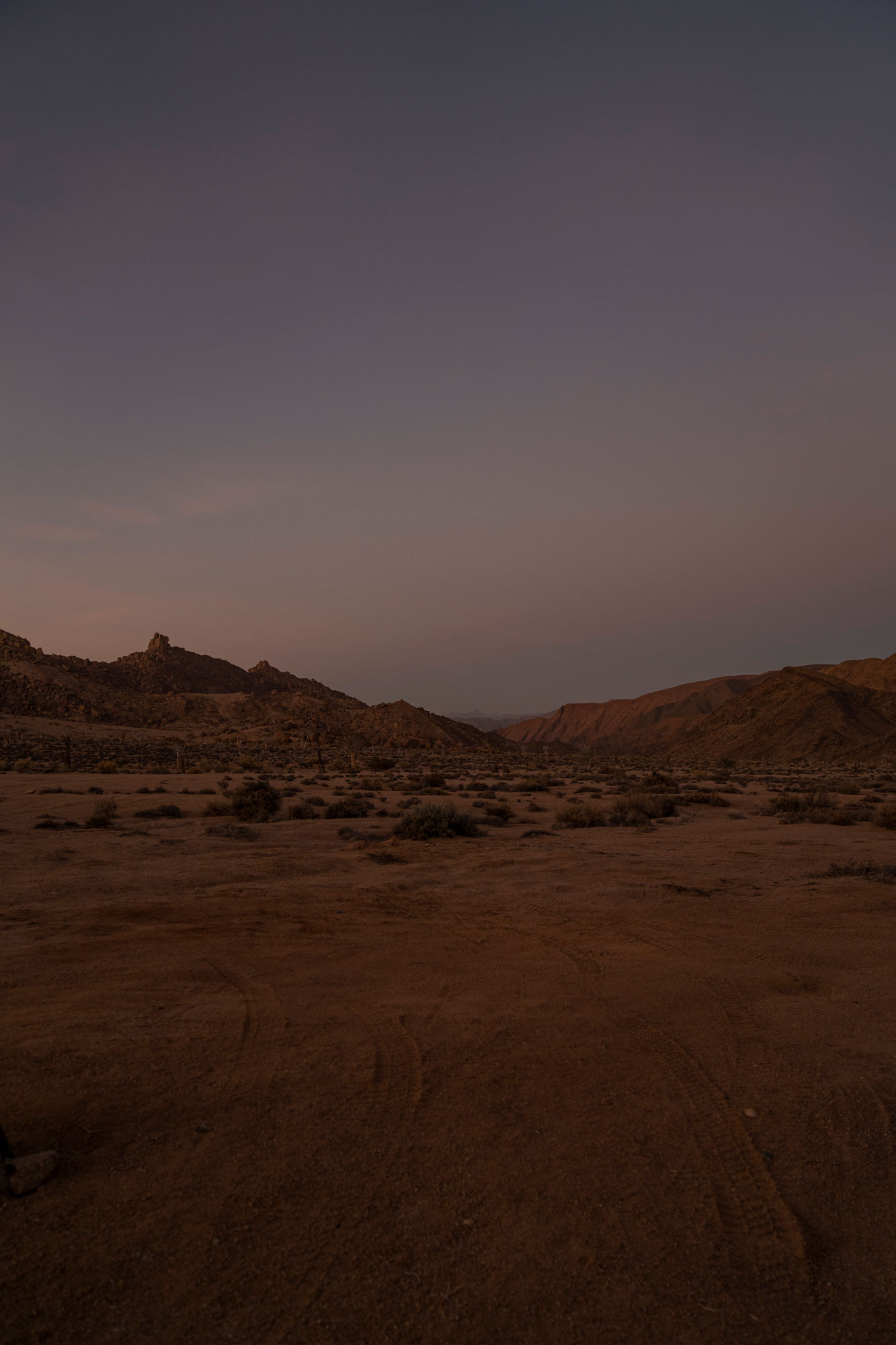
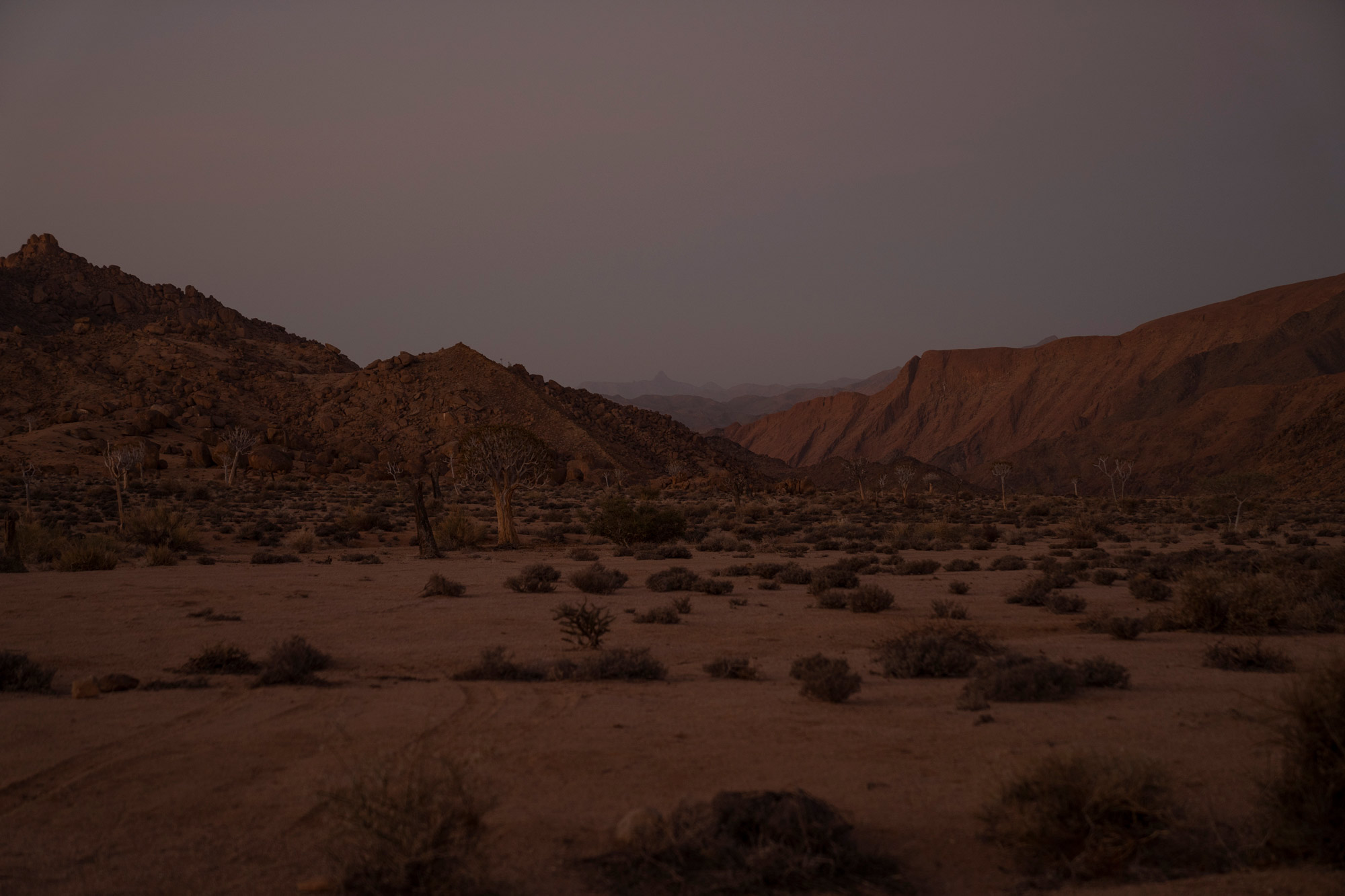
Situated in the north-western corner of South Africa’s Northern Cape Province, the landscape seems desolate. Temperatures can reach well into 50° and water is scarce. Life here depends on sporadic winter rainfall and moisture from the “Malmokkies”–the local name for the early morning fog and life-giving mists from the ocean.
Listed as a UNESCO World Heritage Site, the park is home to the Nama people–the last survivors of the indigenous Khoikhoi or San people still practicing a traditional way of life. With their existence intrinsically connected to the environment, the nomadic locals manage to make a home for themselves and their livestock in an area bereft of common comforts. Together with South African National Parks, they are the keepers of the park.
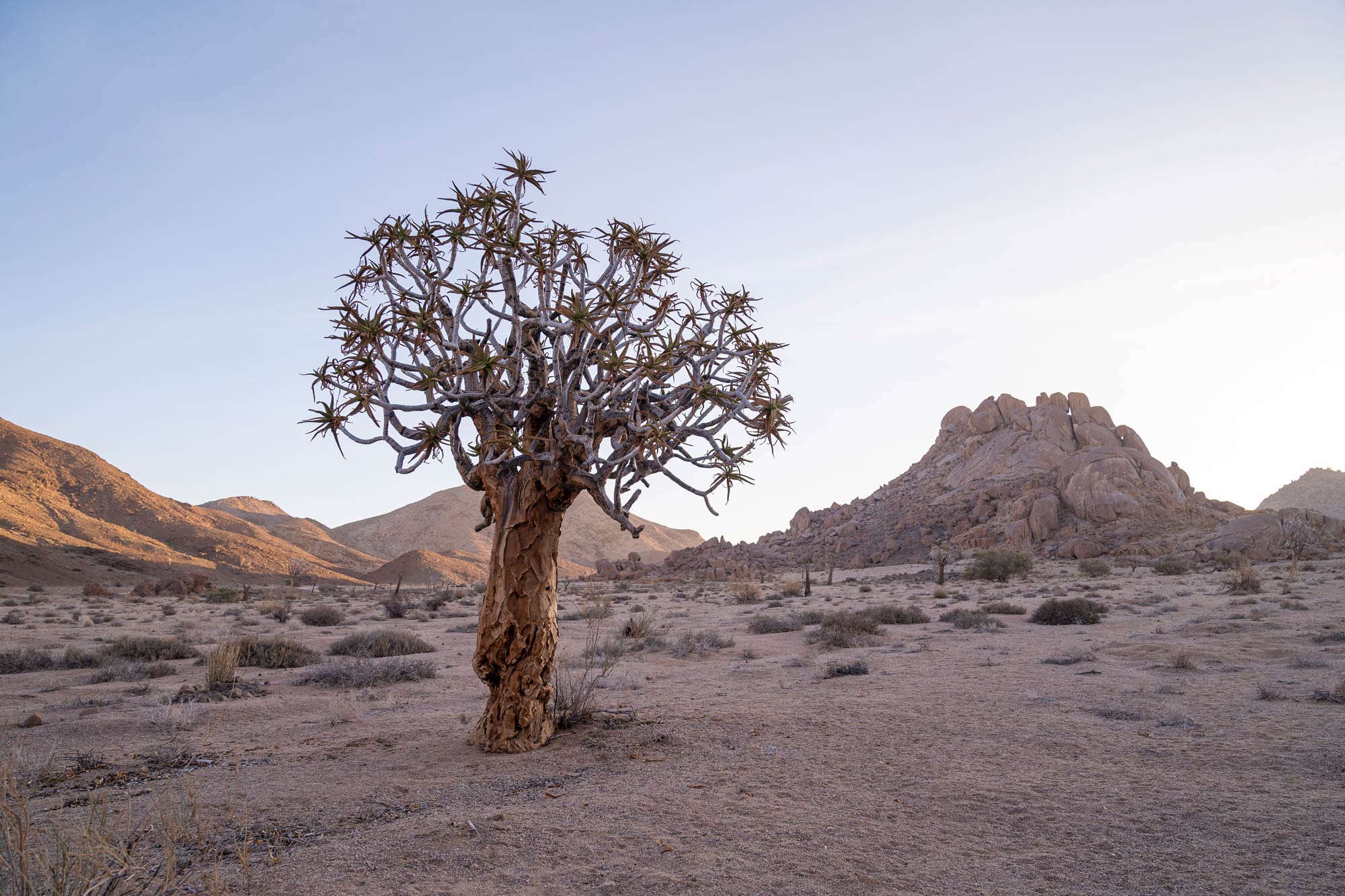
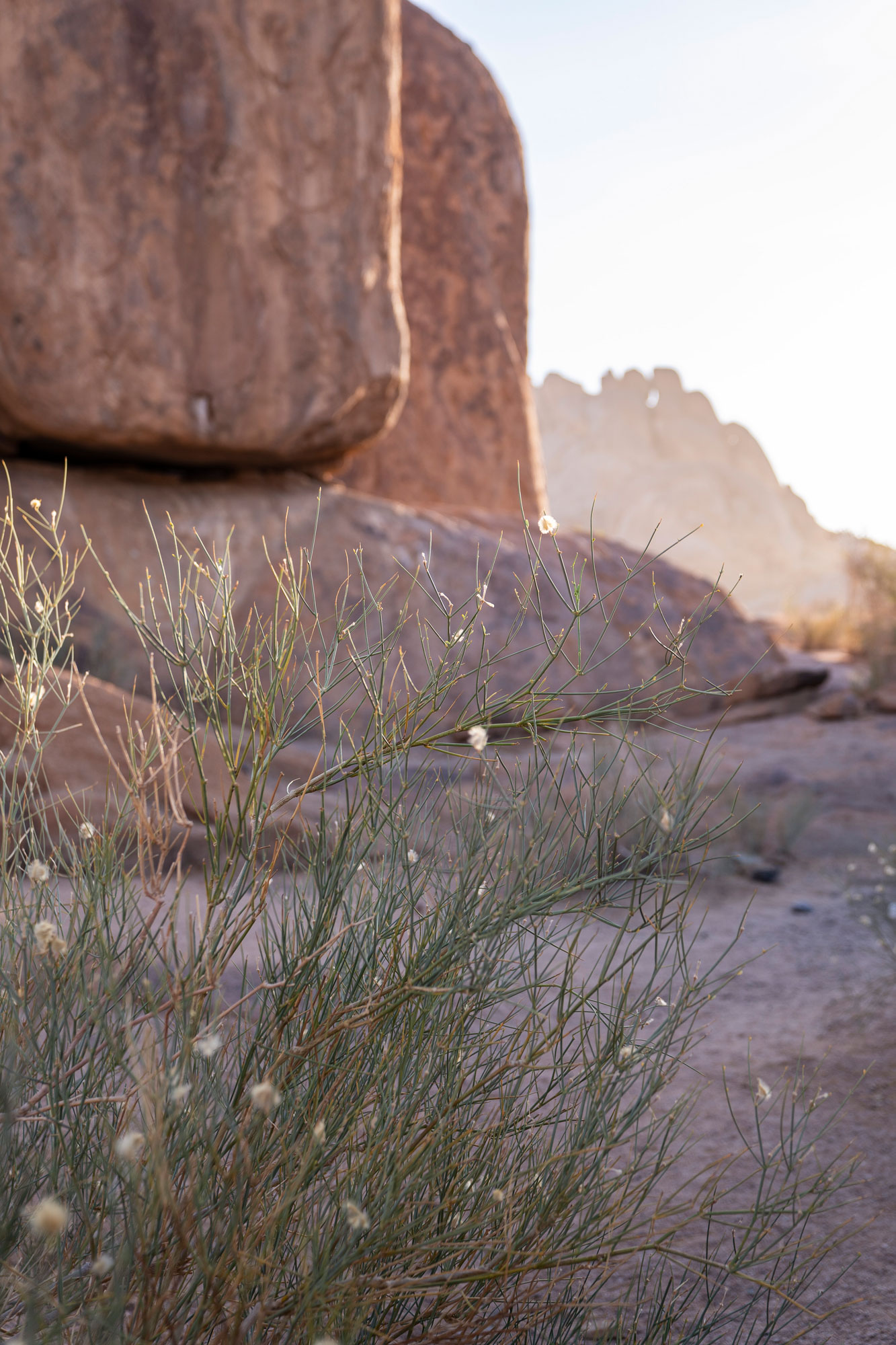
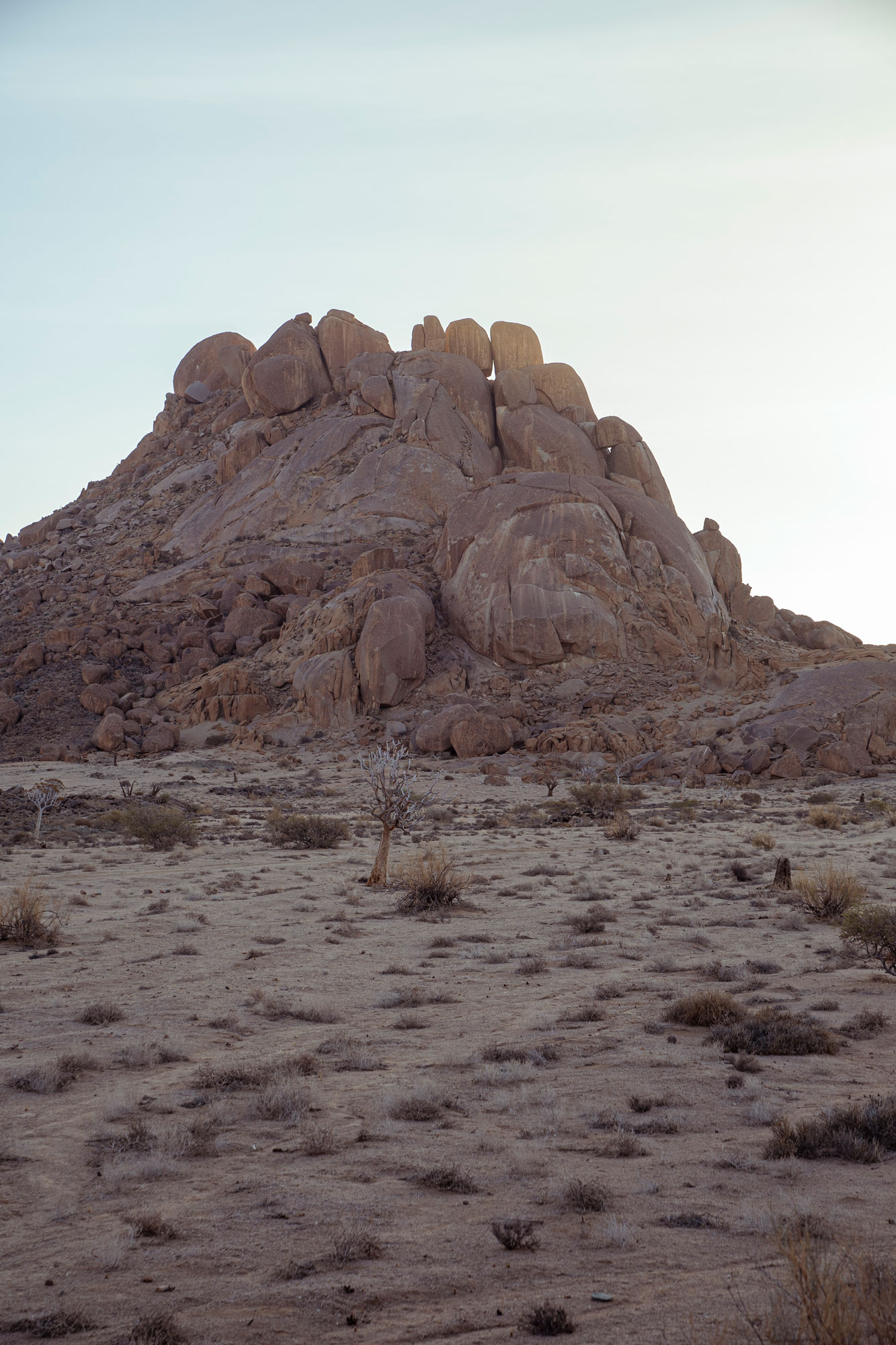
In the heart of the park lies Kokerboom Kloof. A plateau between giant boulders with views across the valley that seem to go on for days. When the sun has put its rays to bed and pulled night across the sky, the heavens come alive with stars. Allowing you to dip your imagination into the colourful milky-way and dream of Shamans reading stories in the wind and dancing in the shadows if the spirits.
With life prevailing against the odds it’s easy to be present here. The vastness of the surrounding nature overshadows your existence–the immensity of the universe at the same time louder and more silent than one’s thoughts.
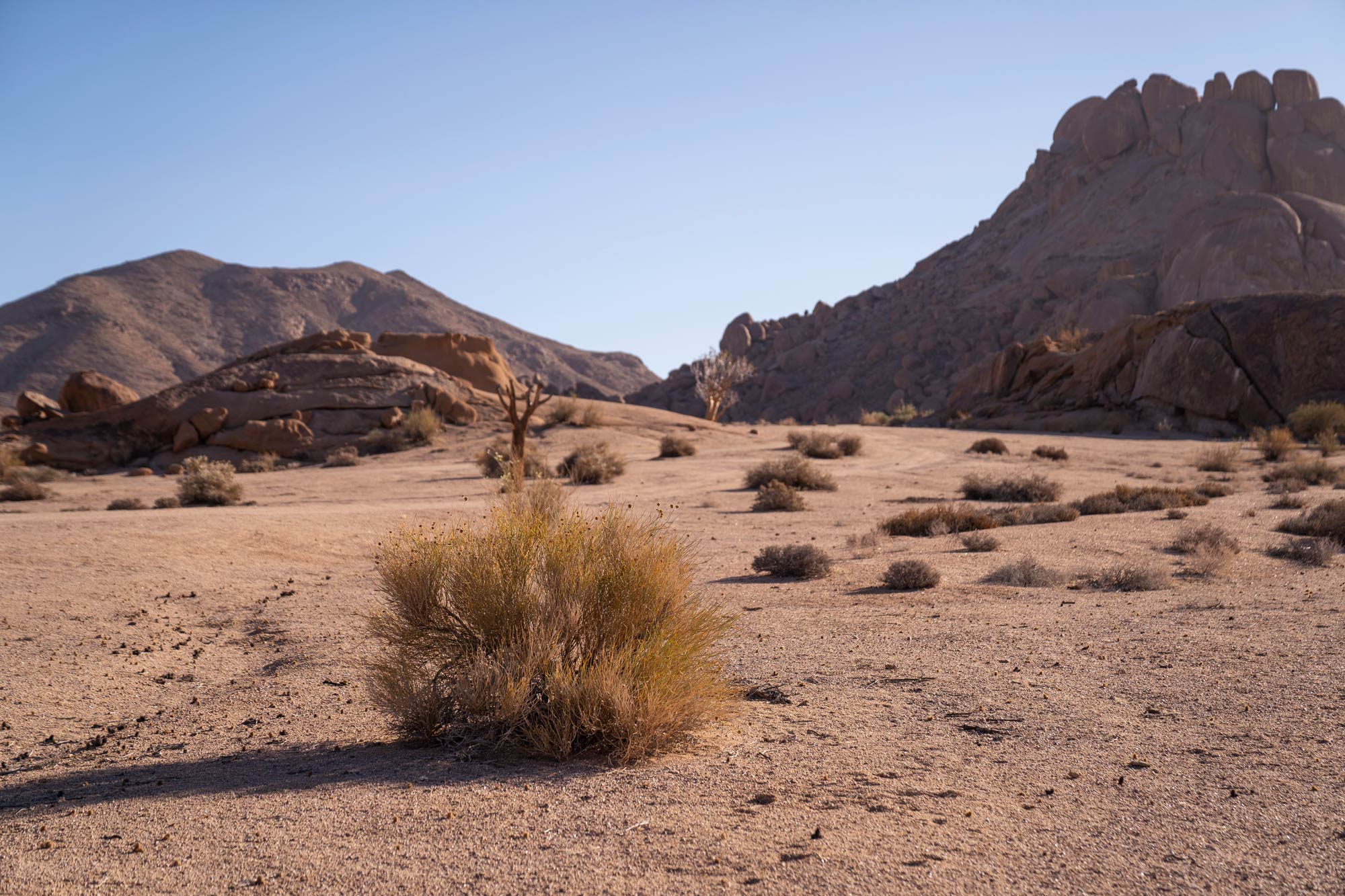
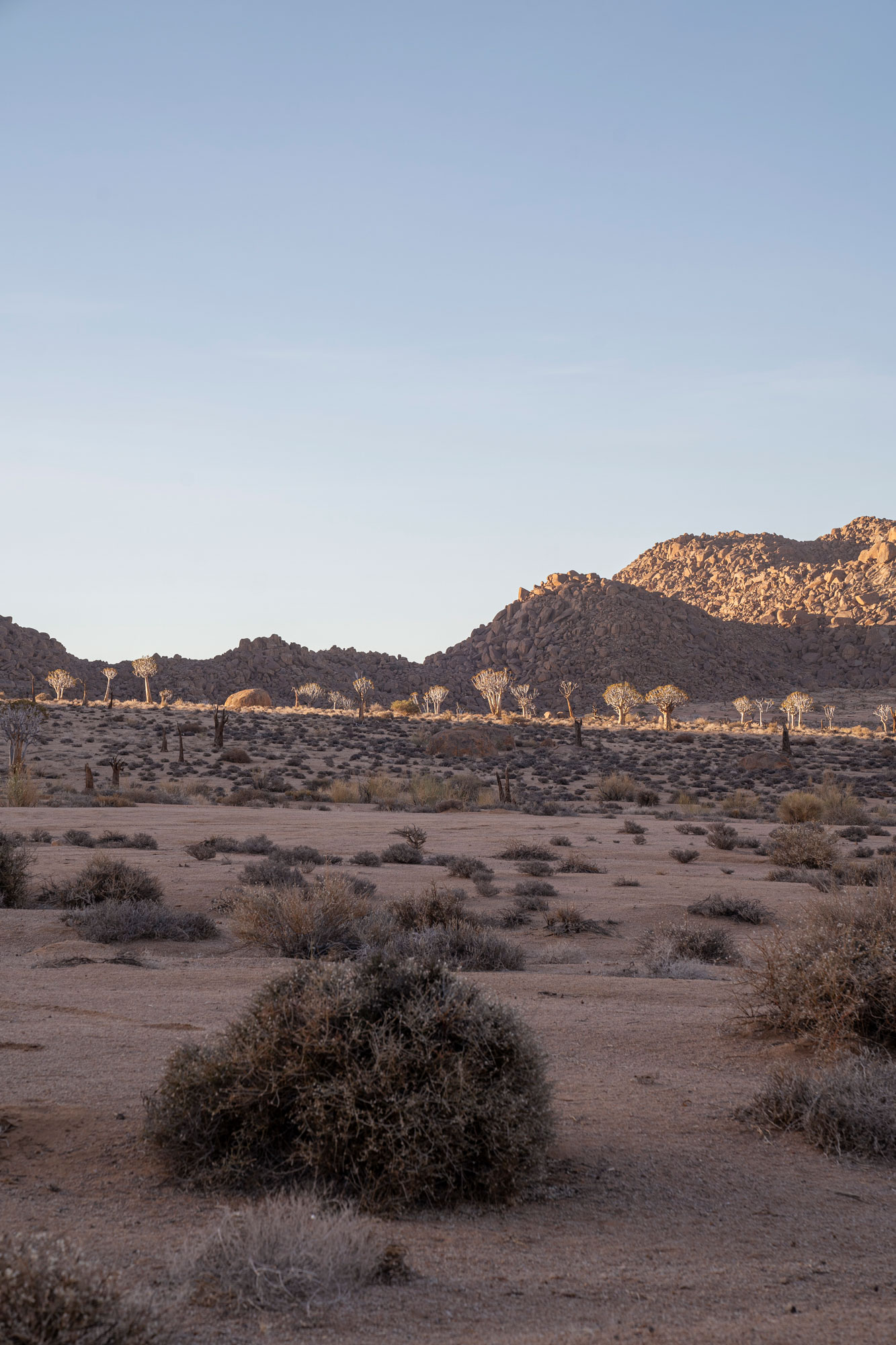
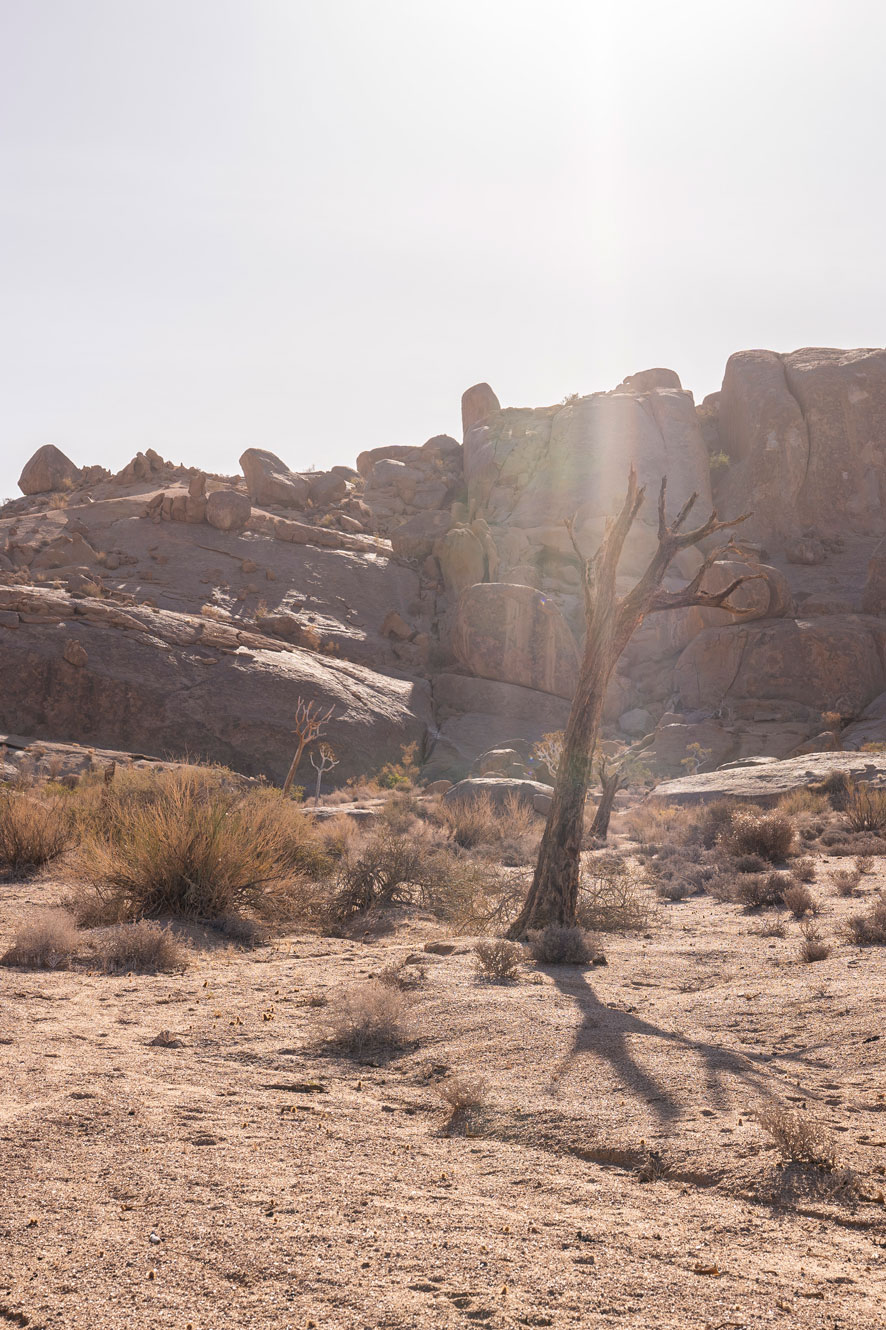
The name Kokerboom Kloof (Quiver tree valley) is derived from the vast amount of quiver trees dotting the landscape–an endemic species of endangered tree aloe (Aloidendron) such as the critically endangered Aloidendron pillansii (Bastard Quiver tree) and the Aloidendron dichotomum (Quiver tree or Kokerboom).
Due to their slow growing nature and difficulty to cultivate elsewhere the trees are extremely rare. The indigenous San people who called it “choje”, used to hollow out the tubular branches to make quivers for their hunting arrows, resulting in its English name.
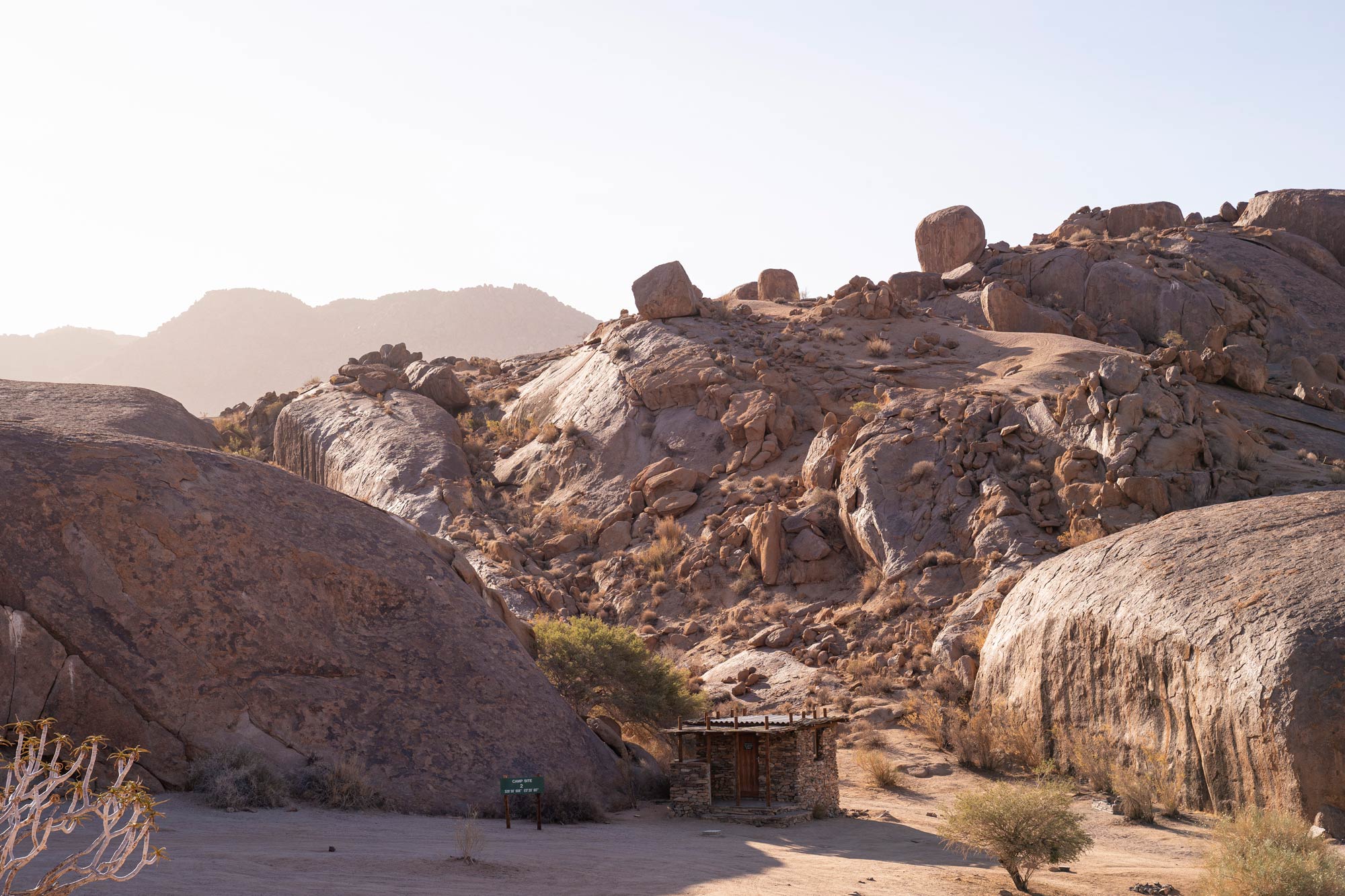
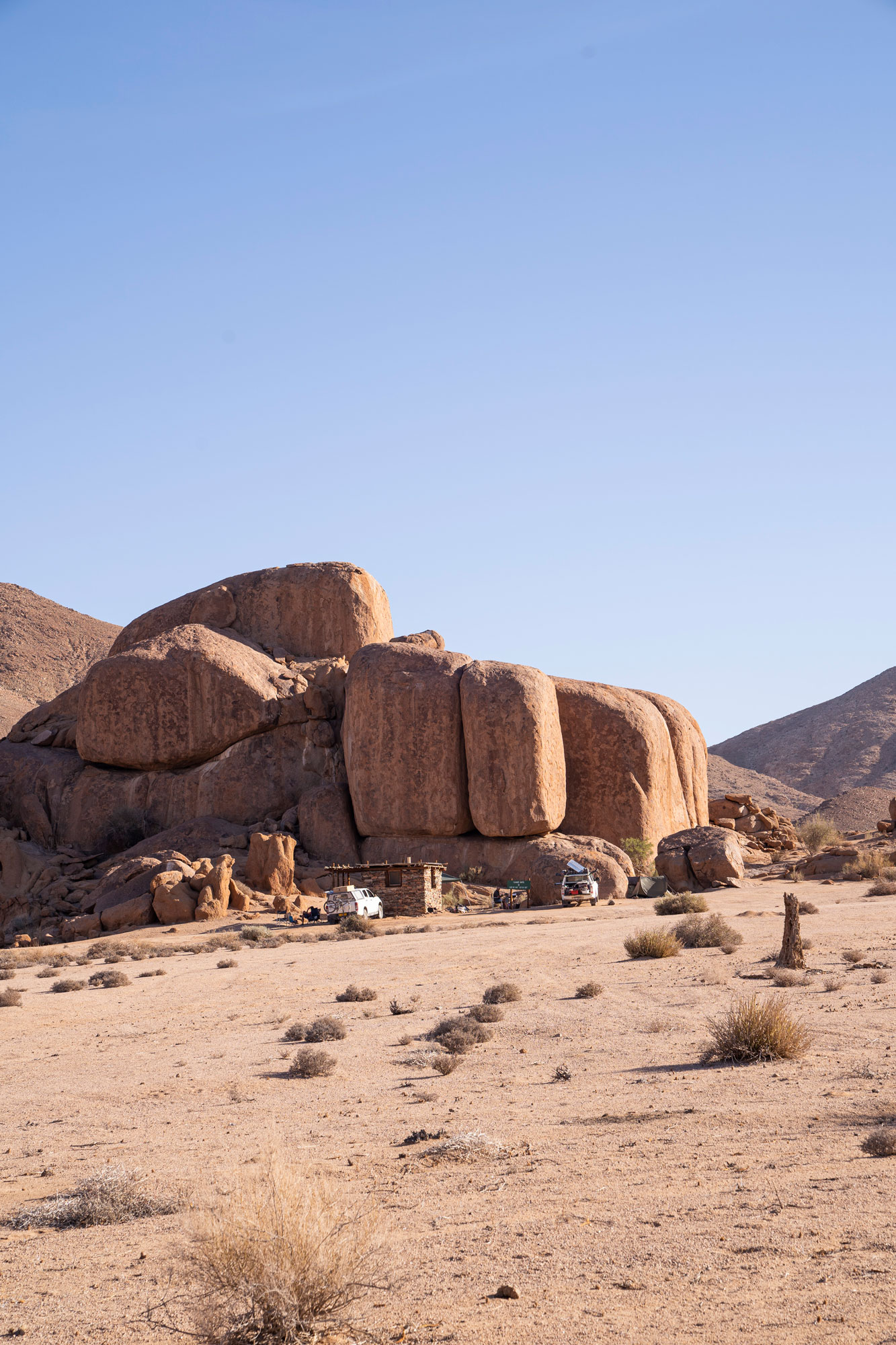
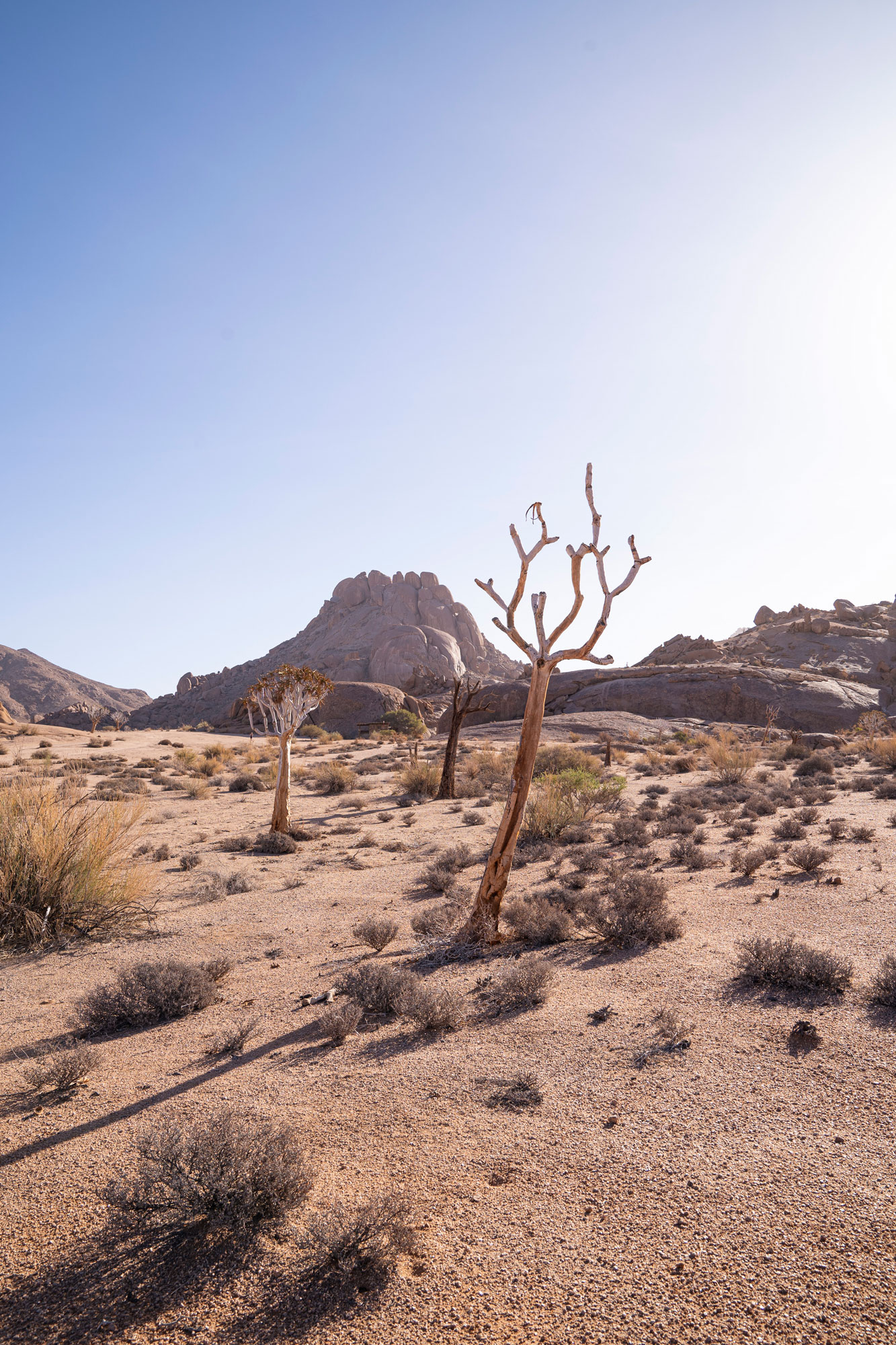
More than 4000 plant species (nearly half of them endemic) have been recorded in the Richtersfeld. The biosphere is a transitional zone between the coastal Succulent Karoo ecoregion and the drier Nama Karoo and is said to be the only arid biodiversity hotspot on earth, providing a habitat to specimens found nowhere else on the planet.
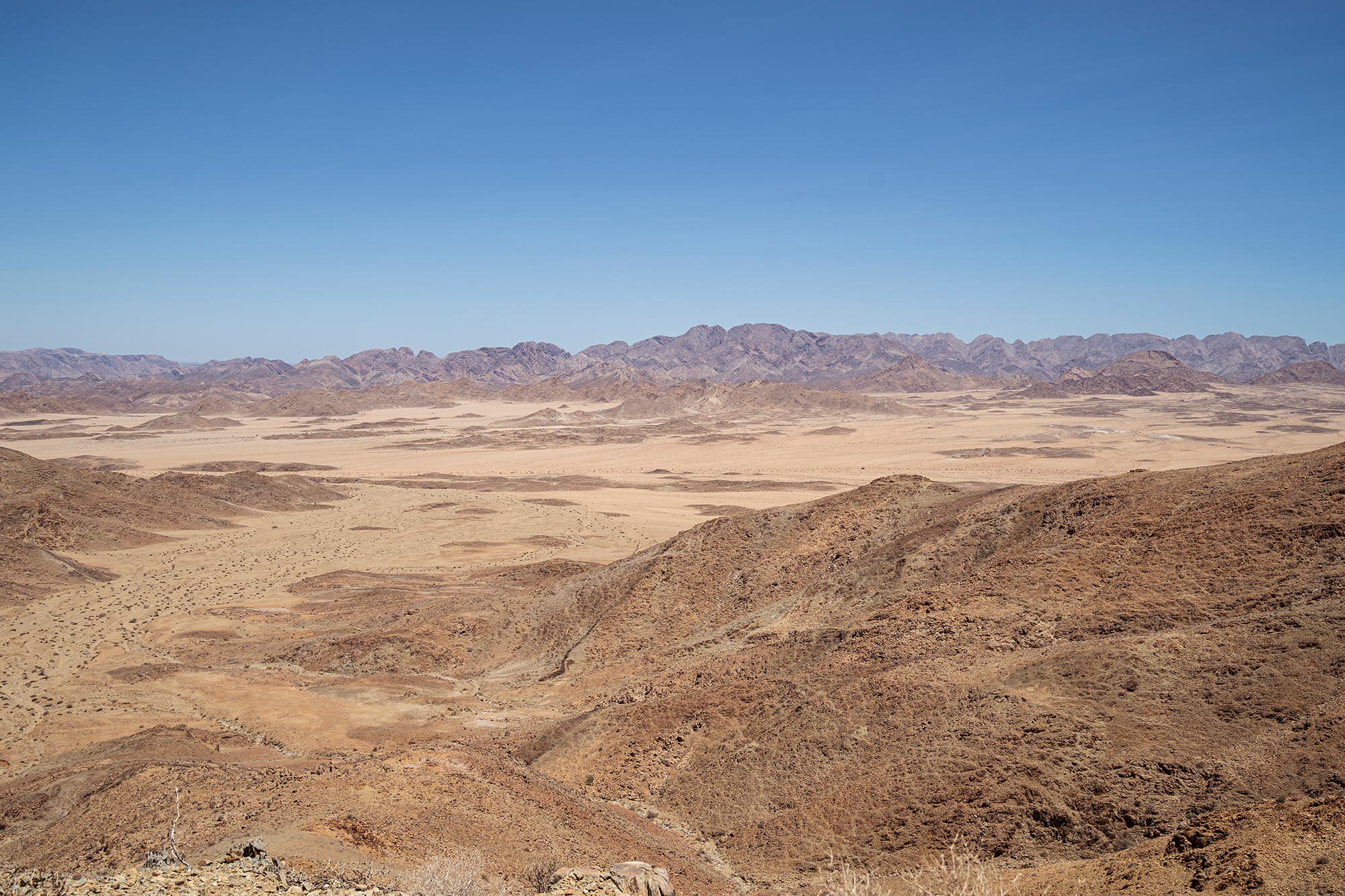
Other than ablutions, the park does not offer amenities. Visitors must be well-equipped, with enough provisions of food, water, basic medical supplies, fuel and spare tyres.
The Richtersveld is where you go, to disconnect from the hustle and bustle of the man made world. To rely solely on what nature provides and to find comfort in the discomforts of living simply.
Images from this post are now available for purchase
Text & Photography © Barbara Cilliers
Wild about nature?
Sign up to the newsletter for more inspirational content and adventures from the wild.

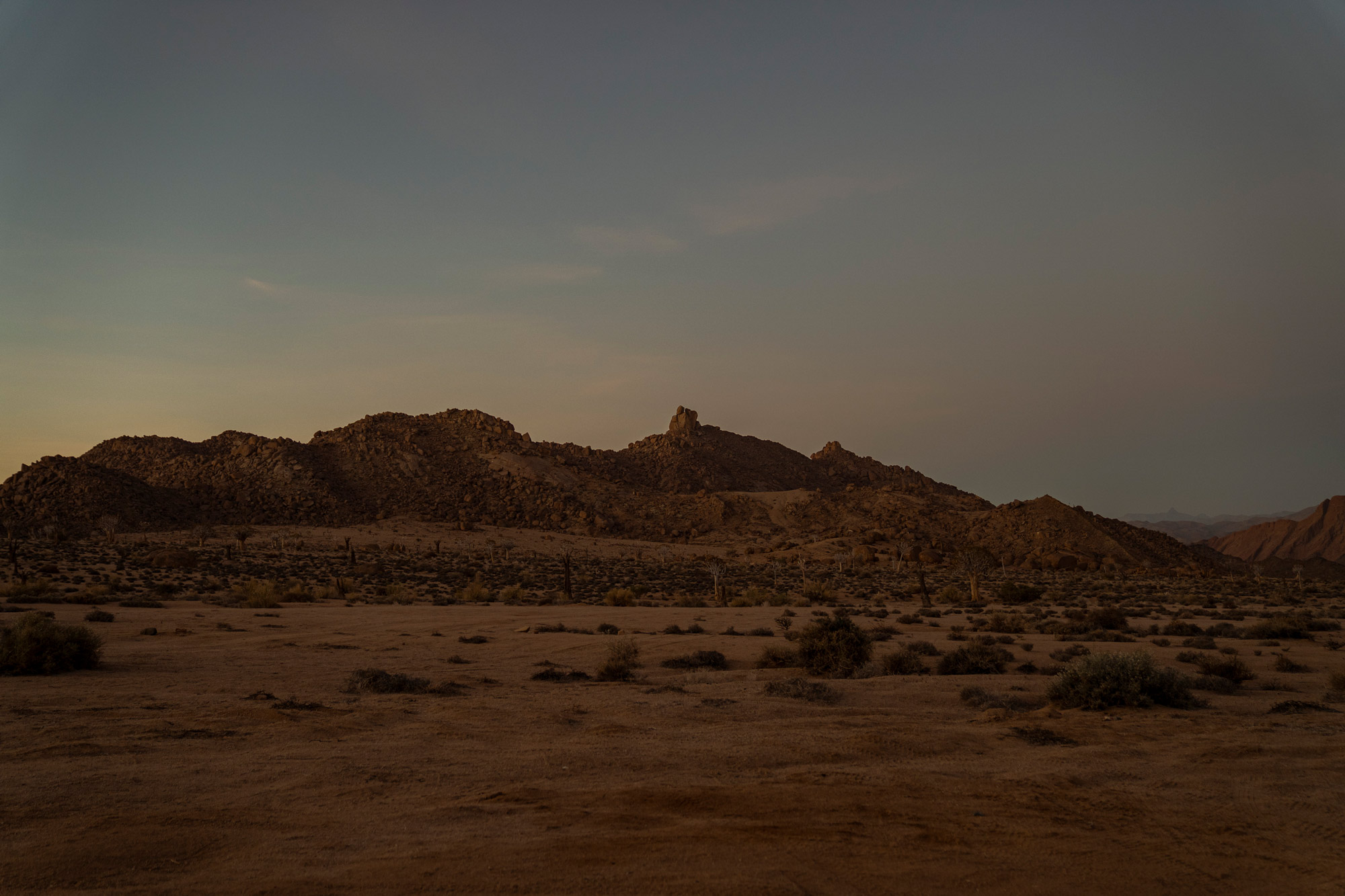

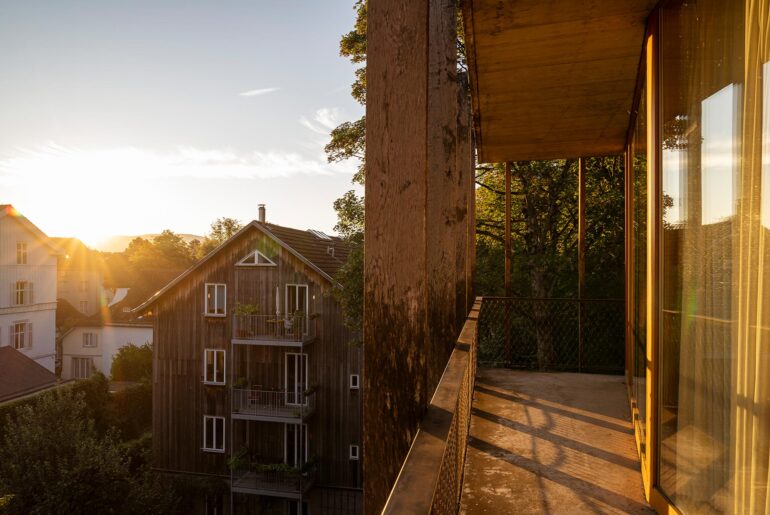
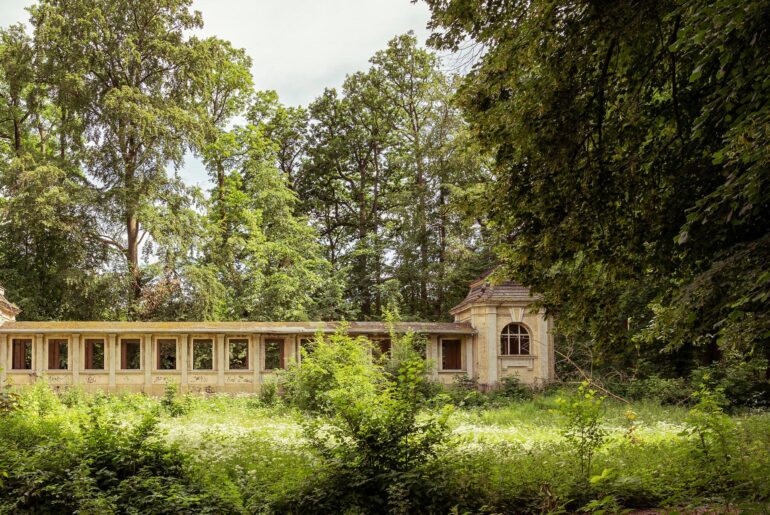
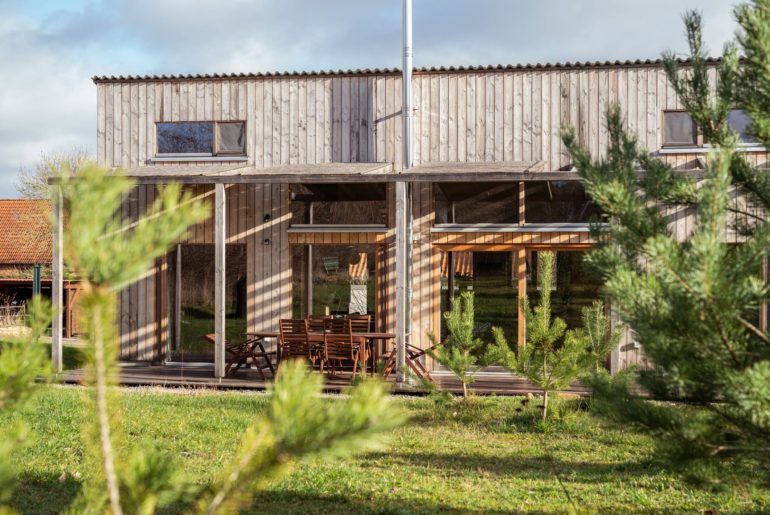
1 Comment
Pingback: Desert Days - soonafternoon